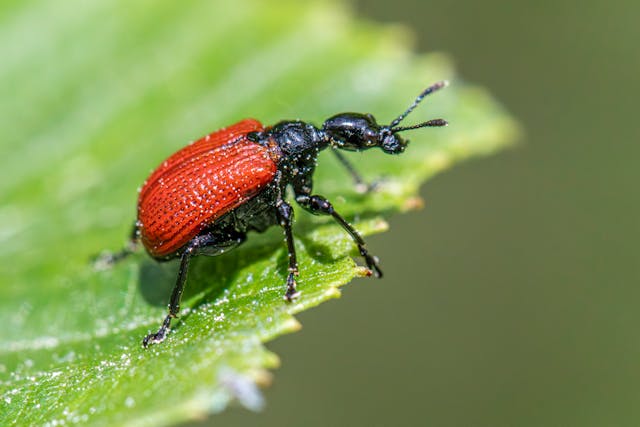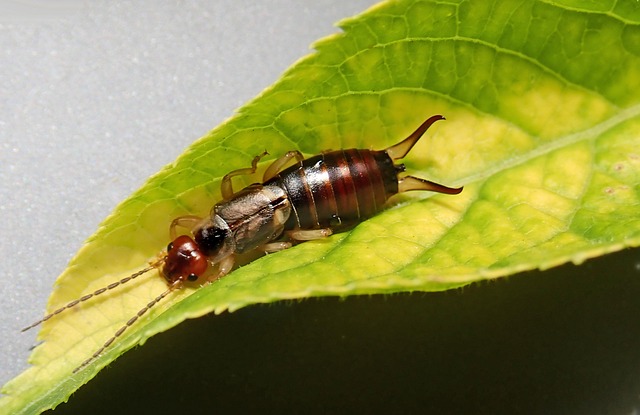In the quest to produce more food with less chemicals, farmers and scientists are looking to nature’s solutions. One of the most promising is biological pest control, a sustainable way to manage crop damaging pests. But what is it? And more importantly, how does it work to protect our crops—and our environment?
What is biological pest control
Biological pest control is a method of managing agricultural pests using their natural enemies—think predators, parasites and pathogens. Instead of using synthetic pesticides which can harm the environment and human health, this technique uses ecological relationships that have been around for millions of years.
The idea is simple: introduce or encourage beneficial organisms that will naturally suppress pest populations. Ladybirds that eat aphids, nematodes that attack soil dwelling larvae, or wasps that parasitise caterpillars are just a few examples of nature helping out farmers.
Why farmers are ditching chemicals for nature
With concerns over pesticide resistance, soil degradation and biodiversity loss, there has been a global shift towards more environmentally friendly farming. Biological pest control doesn’t just reduce the need for chemical treatments—it also creates healthier soils and ecosystems.
And consumers are getting more aware of how their food is grown. Demand for organic and sustainably produced crops is on the rise and biological control fits into that narrative. It’s not just about protecting the harvest—it’s about protecting the whole agricultural ecosystem.
The heroes of biological pest control
So who are the unsung heroes of this green revolution? Biological pest control can be broken down into three categories, each with its own cast of characters:
- Predators
These are the simplest: they eat pests. Ladybirds (or ladybugs), lacewings and predatory beetles are popular examples. They can clear out aphids, mites and other sap sucking insects that destroy crops.
- Parasitoids
These tiny insects, usually wasps or flies, lay their eggs inside or on pest hosts. When the larvae hatch they eat the host from the inside out—grim but effective. Trichogramma wasps for example are used to control caterpillar populations in maize and cotton fields.
- Pathogens
Fungi, bacteria and viruses can act as natural pesticides by infecting and killing pests. For example the bacterium Bacillus thuringiensis (Bt) produces toxins that are deadly to certain insects but harmless to humans, animals and beneficial insects.
How it works in the field
Let’s take greenhouse tomatoes as an example. These are often plagued by whiteflies—tiny insects that feed on plant sap and spread diseases. Instead of spraying chemicals growers may release a tiny parasitic wasp called Encarsia formosa which targets and kills whiteflies. Within weeks the pest population drops significantly all thanks to this tiny natural ally.
In rice paddies ducks are sometimes introduced to eat weeds and insect pests without harming the crop. It’s an old method that’s making a comeback because it’s cheap and has minimal environmental impact.
This kind of pest management is not only effective but also resilient. Natural enemies can adapt to changing conditions and reproduce on site, providing long term control that chemical pesticides can’t match.
Whitefly Treatment: A Case Study in Biological Pest Control
Whiteflies are serious pests in greenhouses and farms. They harm plants in two ways: by sucking sap and by spreading plant viruses.
Chemical sprays often fail. Whiteflies breed fast and soon become resistant to the sprays.
Biological Control
A safer option is biological control. Growers often use a tiny wasp called Encarsia formosa. This wasp lays its eggs inside young whiteflies. When the eggs hatch, the larvae kill the host. This helps cut down whitefly numbers.
Another helper is the beetle Delphastus catalinae. These beetles eat whiteflies directly, adding extra protection.
Integrated Pest Management
Many farms use these insects along with other steps. Sticky traps, better air flow, and some organic sprays add to the defense.
This layered approach makes biological whitefly treatment a leading example of pest control. It reduces chemical use and still keeps crops healthy and productive.
Benefits beyond the field
While protecting crops is the primary goal, the benefits of biological pest control go much further. For one, it significantly reduces chemical runoff into rivers and groundwater, which protects aquatic life and improves water quality. It also helps maintain beneficial insect populations—such as pollinators—that are often collateral damage in conventional pest control.
On top of that, it reduces the risk of pests developing resistance, a common problem with synthetic pesticides. And perhaps most importantly, it supports biodiversity by maintaining the natural balance in agroecosystems.
Challenges and limitations
Of course, biological pest control isn’t a one-size-fits-all solution. It requires careful planning, monitoring, and a solid understanding of local ecosystems. Introducing the wrong species or failing to control released populations can lead to unintended consequences.
Moreover, it can be slower to act than chemical treatments and may not always deliver the immediate knockdown effect that some farmers need in emergency situations. This is why integrated pest management (IPM)—which combines biological methods with targeted chemical use when necessary—is often the most effective strategy.
A growing trend with deep roots
Though it might sound modern, biological pest control has been around for centuries. In ancient China, farmers placed nests of predatory ants in citrus trees to protect them from insect pests. Today, with advanced research, better monitoring tools, and an increasing emphasis on sustainability, we’re just refining what nature has done all along.
From large-scale commercial farms to backyard vegetable gardens, this approach is gaining ground—and for good reason. It’s a method that respects the environment, supports long-term agricultural health, and aligns with the growing call for food systems that are both productive and sustainable.
Keeping crops safe, the natural way
Biological pest control is more than just a buzzword—it’s a practical, proven method for protecting crops while preserving the planet. As our food systems face mounting pressure from climate change, population growth, and resource scarcity, solutions like this offer a way forward that’s both smart and sustainable.
So next time you bite into an apple or slice a tomato, remember: nature might have had a bigger role in getting it to your plate than you think.




